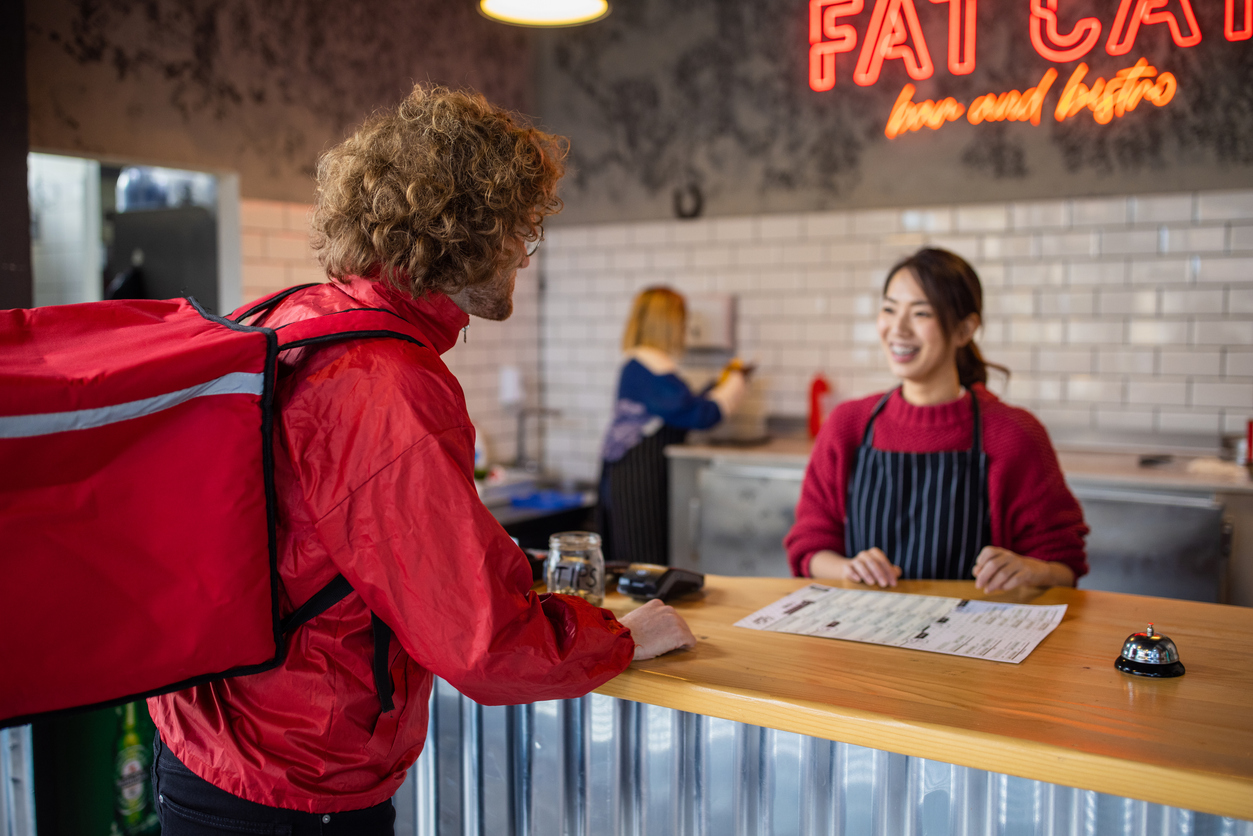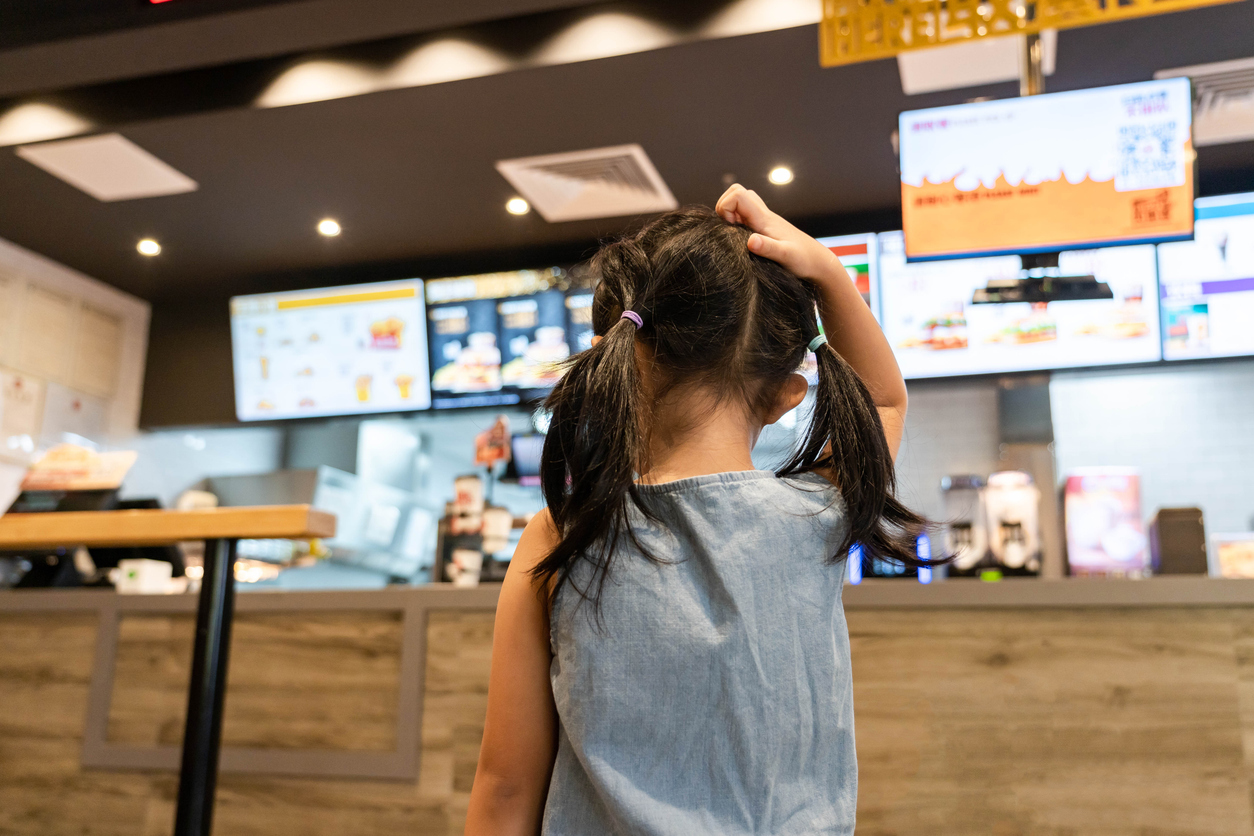Busy days are crucial for restaurant owners. They represent opportunities to significantly boost sales, attract new customers, and enhance brand loyalty. Understanding how to effectively manage these high-traffic days can lead to increased revenue and a loyal customer base. With good planning, restaurants can not only meet the demands of busy days but also create memorable experiences that keep customers coming back.
What Are High Volume Days For Restaurants?
High-volume days refer to periods when restaurants experience a surge in customer traffic. These can include:
- Holidays like Valentine's Day, Thanksgiving, and New Year's Eve often see increased dining out.
- Fridays and Saturdays are typically the busiest restaurant days of the week.
- Special events such as Local festivals, sports events, or concerts can draw large crowds.
Understanding these busy days is essential for effective planning. By recognizing these peak times, restaurant owners can prepare their staff, menu, and marketing strategies accordingly. This preparation helps maximize sales and ensures a smooth operation.
10 Effective Strategies For Handling Restaurant High-Traffic Days

Preparing for busy days is vital to avoid operational problems. The following strategies can help make restaurant operations smoother, less stressful, and keep customers happy.
Extend Staff Hours
One of the most effective ways to handle increased demand is to extend staff hours. This ensures that there are enough team members available to serve customers efficiently. While it’s important to have enough staff, it’s equally crucial to manage labor costs.
Consider scheduling part-time employees or offering overtime to existing staff during peak times. This approach can help balance the budget while meeting customer needs.
Optimize Reservations
Managing reservations effectively can prevent overbooking and long wait times. Utilize reservation management software to keep track of bookings. This technology can help you organize seating arrangements and ensure that customers are seated promptly, enhancing their overall experience.
Simplify The Menu
During high-volume dining, simplifying the menu can be beneficial. Reduce the number of menu items to streamline kitchen operations. Concentrate on popular dishes that can be prepared quickly and in larger quantities. Digital restaurant menu speeds up service but also maintains food quality.
Improve Staff Communication
Clear communication between servers and kitchen staff is essential during busy periods. Implement tools like walkie-talkies or communication apps to facilitate real-time updates. This can help ensure that orders are processed efficiently and that any issues are addressed promptly.
Offer Promotions
Creating special promotions can attract more customers on busy days. Consider offering discounts, happy hour specials, or bundled meal deals. These promotions can entice both new and returning customers, increasing foot traffic and sales.
Use Service Tech
Leveraging technology can significantly enhance service speed and efficiency. Utilize modern POS systems and tablets for taking orders. This technology can reduce wait times and streamline the payment process. Additionally, consider implementing reservation apps or loyalty programs to improve the overall customer experience.
Train For Peak Times
Training staff to handle busy periods effectively is crucial for maintaining service quality. Conduct practice drills to prepare staff for high-traffic days. This training can help them become familiar with the menu, service protocols, and how to handle customer inquiries efficiently.
Enable Pre-Ordering
Pre-ordering allows customers to select their meals in advance, which can speed up service. Offer pre-ordering options through your website or app. This feature can help manage customer flow and reduce wait times, especially during peak hours.
Prepare For Supply Issues
Supply chain disruptions can impact restaurant operations during busy days. Work closely with suppliers to ensure adequate stock levels. Having backup suppliers or alternative menu items ready can help mitigate the impact of any supply issues.
Stay Flexible
Flexibility is key when things don’t go as planned. Be prepared to adjust staff schedules or service methods as needed. For example, if weather conditions affect customer turnout, consider modifying your staffing levels accordingly.
Marketing Tactics To Boost Sales On High-Volume Days
Effective marketing can help attract more customers on busy days. Promotions and targeted marketing strategies can keep customers interested and loyal during peak times. Here are some marketing tactics to increase restaurant sales:
Social Media Promotions And Limited-Time Offers
Social media marketing for restaurants is a powerful tool for reaching a wide audience and promoting special offers. By creating visually appealing posts that highlight your promotions, you can capture the attention of potential customers. Here are some strategies to consider:
- Use high-quality images and engaging graphics to showcase your special offers. This could include photos of featured dishes, drinks, or any unique experiences you’re offering.
- Encourage customers to share your posts by creating shareable content. Consider running contests or giveaways that incentivize sharing, which can help increase your restaurant's visibility.
- Utilize relevant hashtags and location tags to reach a broader audience. This can help attract local diners who may not be aware of your restaurant.
Email Marketing And Loyalty Programs
Email marketing remains one of the most effective ways to communicate with loyal customers. By sending targeted emails with exclusive offers, you can drive traffic to your restaurant during busy days. Here’s how to maximize this tactic:
- Tailor your emails to different segments of your customer base. For example, send special offers to frequent diners, first-time visitors, or those who haven’t dined with you in a while.
- Provide exclusive deals or discounts for email subscribers. This not only rewards loyalty but also encourages customers to sign up for your mailing list.
- Integrate your loyalty program with email marketing. Promote special rewards or bonuses for loyalty members during high-volume days, encouraging repeat visits and fostering a sense of community.
- Use customer data to personalize your emails. Addressing customers by name and recommending dishes based on their past orders can enhance engagement and drive sales.
Collaborations And Event-Based Marketing
Partnering with local businesses or influencers can significantly enhance your marketing efforts, especially during high-traffic days. Here are some strategies to consider:
- Collaborate with nearby businesses, such as florists, bakeries, or event venues, to create joint promotions. For example, a restaurant could partner with a local florist to offer a special dinner package that includes flowers for Valentine’s Day.
- Work with local influencers to promote your restaurant. Influencers can help spread the word about your special events or promotions to their followers, increasing your reach and attracting new customers.
- Create events that align with holidays or special occasions. For instance, hosting a wine-tasting night or a holiday-themed dinner can draw in crowds looking for unique dining experiences.
Schedule Your Restaurant Busy Days With Checkmate
With Checkmate, you can streamline your restaurant operations and effectively manage your busy days. Our platform offers tools to optimize staff scheduling, enhance communication, and leverage marketing strategies that attract more customers. By embracing the challenges of high-traffic days with the right technology and planning, you can transform these peak periods into significant opportunities for growth and profitability. Let Checkmate be your partner in navigating the complexities of restaurant management.





